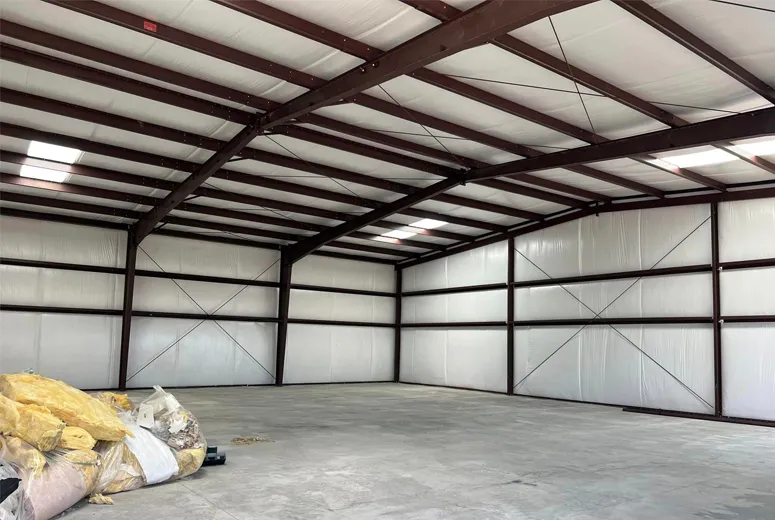- Afrikaans
- Albanian
- Amharic
- Arabic
- Armenian
- Azerbaijani
- Basque
- Belarusian
- Bengali
- Bosnian
- Bulgarian
- Catalan
- Cebuano
- Corsican
- Croatian
- Czech
- Danish
- Dutch
- English
- Esperanto
- Estonian
- Finnish
- French
- Frisian
- Galician
- Georgian
- German
- Greek
- Gujarati
- Haitian Creole
- hausa
- hawaiian
- Hebrew
- Hindi
- Miao
- Hungarian
- Icelandic
- igbo
- Indonesian
- irish
- Italian
- Japanese
- Javanese
- Kannada
- kazakh
- Khmer
- Rwandese
- Korean
- Kurdish
- Kyrgyz
- Lao
- Latin
- Latvian
- Lithuanian
- Luxembourgish
- Macedonian
- Malgashi
- Malay
- Malayalam
- Maltese
- Maori
- Marathi
- Mongolian
- Myanmar
- Nepali
- Norwegian
- Norwegian
- Occitan
- Pashto
- Persian
- Polish
- Portuguese
- Punjabi
- Romanian
- Russian
- Samoan
- Scottish Gaelic
- Serbian
- Sesotho
- Shona
- Sindhi
- Sinhala
- Slovak
- Slovenian
- Somali
- Spanish
- Sundanese
- Swahili
- Swedish
- Tagalog
- Tajik
- Tamil
- Tatar
- Telugu
- Thai
- Turkish
- Turkmen
- Ukrainian
- Urdu
- Uighur
- Uzbek
- Vietnamese
- Welsh
- Bantu
- Yiddish
- Yoruba
- Zulu
Nov . 16, 2024 08:59 Back to list
Layout Design for a Sheet Metal Shop
Creating an efficient and productive layout for a sheet metal shop involves careful planning and consideration of various factors. The layout not only affects the workflow and overall productivity but also impacts safety, organization, and communication within the shop. A well-designed layout can streamline operations, reduce waste, and optimize space, ensuring that the shop runs smoothly while minimizing downtime.
Understanding Key Components
Before diving into the design, it is crucial to understand the key components of a sheet metal shop. These typically include raw material storage, cutting stations, bending machines, welding areas, finishing stations, and shipping zones. Each of these areas must be strategically positioned to facilitate an uninterrupted flow of materials and products.
1. Raw Material Storage This area should be easily accessible and located close to the cutting stations. By placing the storage near the entry point of the shop, operators can quickly retrieve materials as needed, reducing the time spent moving materials around.
2. Cutting Stations These are where sheets of metal are cut to size. The layout should allow for easy movement of materials from the storage area to the cutting stations. Additionally, designing the cutting stations in a linear fashion can promote a more straightforward workflow, enabling workers to transition smoothly between processes.
3. Bending and Forming Areas After cutting, the metal sheets need to be bent and shaped. Bending machines should be positioned adjacent to the cutting stations to minimize the distance that workers must carry the sheets. Adequate space must be provided for maneuvering large sheets, ensuring that operators can work efficiently without obstruction.
4. Welding Area The welding section must be well-ventilated and equipped with safety features. It should be separate from the cutting and bending areas to prevent fire hazards and maintain a cleaner working environment. Additionally, the layout should allow for easy access to welding tools and equipment, ensuring that welders can work efficiently without unnecessary delays.
sheet metal shop layout

5. Finishing and Assembly Zone Once the metal parts are shaped and welded, they will typically move to the finishing station. This area should be designed for activities such as sanding, painting, and assembly. It is vital that this zone is located near the shipping area to streamline the movement of finished products out of the shop.
6. Shipping and Receiving Finally, the shipping area must be strategically positioned to allow for easy loading of finished products onto trucks or containers. This area should have enough space for the temporary storage of finished goods until they are shipped. Additionally, it may also house the receiving station for new materials and supplies, ensuring that incoming and outgoing shipments are efficiently managed.
Safety and Workflow Considerations
In a sheet metal shop, safety is paramount. The layout should incorporate safety features such as clearly marked pathways for personnel and equipment, proper ventilation systems, and accessible emergency exits. By ensuring that safety is integrated into the design, the risk of accidents can be minimized.
Workflow efficiency is another critical aspect to consider. The layout should promote a seamless flow of tasks from one station to the next while minimizing backtracking and material handling. Implementing lean manufacturing principles can help identify and eliminate waste, thereby enhancing productivity.
Furthermore, regular assessment of the shop layout is essential. As processes evolve and technology advances, adjustments might be necessary to ensure that the workspace remains efficient. Gathering feedback from employees who work in the shop can provide valuable insights into potential improvements.
Conclusion
Designing an effective layout for a sheet metal shop is a complex but rewarding task. By thoughtfully organizing the space, prioritizing safety, and considering workflow efficiency, shops can significantly enhance productivity and create a safer working environment. A well-planned layout not only boosts operational efficiency but also contributes to employee satisfaction and ultimately the overall success of the business.
-
How Do Prefabricated Steel Structures Transform Modern Construction?
NewsJul.14,2025
-
How Do Prefabricated Metal Buildings Redefine Modern Construction?
NewsJul.14,2025
-
How Do Prefab Insulated Metal Buildings and Steel Structures Revolutionize Modern Construction?
NewsJul.14,2025
-
How Do Pre - Engineered Steel Structures Redefine Modern Construction?
NewsJul.14,2025
-
Advancing Modular Construction with Prefabricated Metal Structures
NewsJul.14,2025
-
Advancing Industrial Infrastructure with Prefabricated Steel Solutions
NewsJul.14,2025
Products categories
Our Latest News
We have a professional design team and an excellent production and construction team.












